Comparing elevated streets. 10 Stories of Collective Housing
June 07, 2013

Two pages from the book 10 Stories of Collective Housing , by a+t research group
"The main novelty in Spangen Justus van Effen housing complex is the elevated street which was to be mechanically repeated in social housing, both by the pioneers of Functionalism and later by those fighting Modern Radicalism…”
“This comparison between the four sections looks at 3 differences among them. The first difference is the position regarding the facade: in Spangen and 8 House the elevated street is an exposed element which marks a turning point in the section.
The facade is set back from the elevated street. However, in Narkomfin and Robin Hood Gardens, the street is built into the facade, sheltered on three sides. It looks more like a carved out gallery in one of the sides of the volume. Building the street into the exterior facade leads to a clear line of shade which, apart from being detrimental to the dwellings daylight increase the risk of defencelessness.
The second difference is the visibility through the parapet: in Spangen the parapets have been pierced, in 8 House they have transparent glazing. Both are one metre high, while in Narkomfin it is an opaque parapet and in Robin Hood Gardens they are pre-fabricated concrete modules with built-in glass which let light pass but not sight-lines and they are 1.20 m high. The third difference concerns the route. In Narkomfin it is a straight line, while in Robin Hood Gardens this is a line with two turning points which always runs around the exterior facades of the linear blocks. In Spangen and in 8 House the routes follow a looped path which flows, mainly on the interior, but which also in some sections overlooks the street.” a+t research group
Illustrations and text from the book 10 Stories of Collective Housing


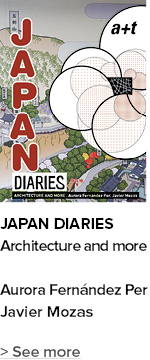




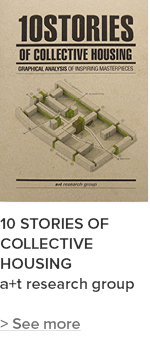

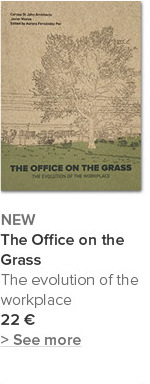

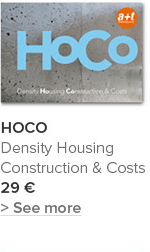

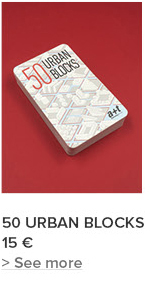
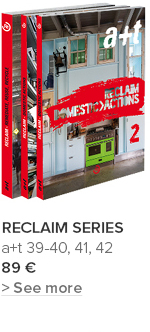

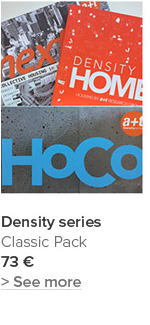













 I've read and agree to
I've read and agree to 


